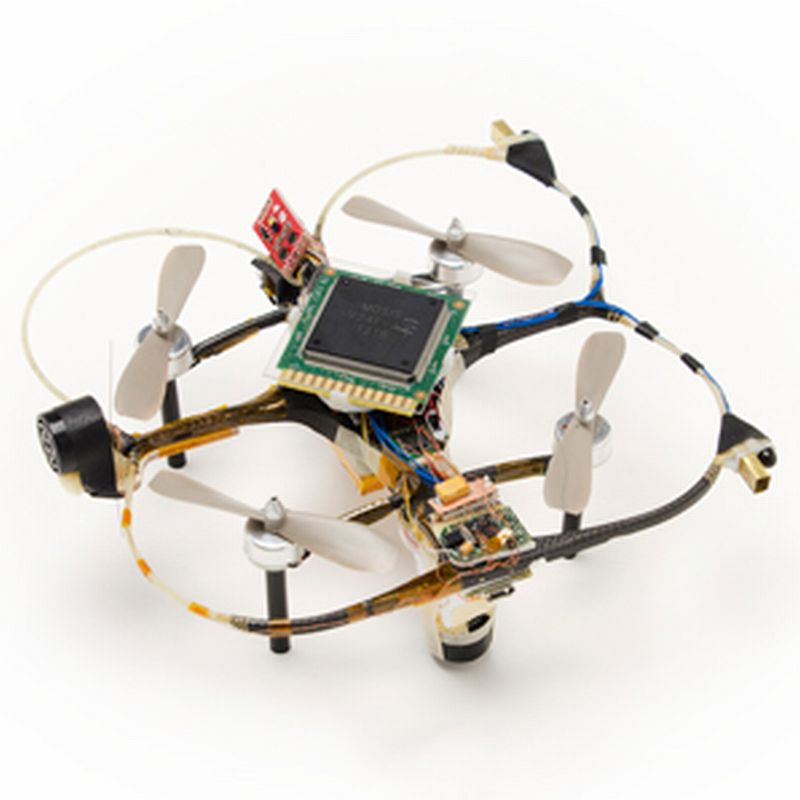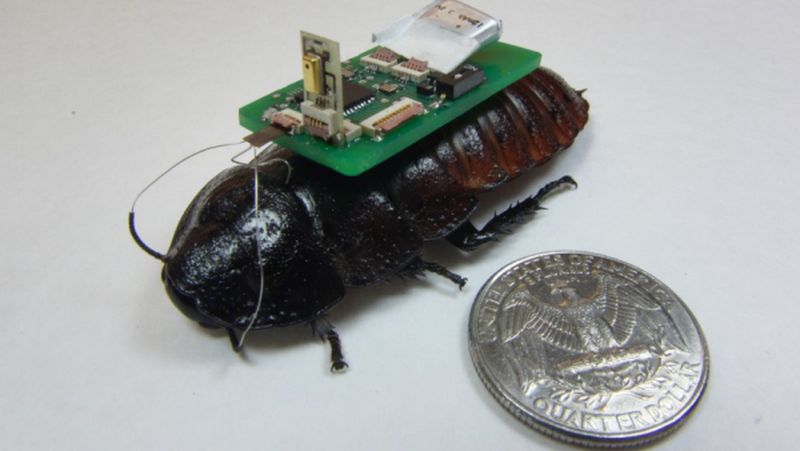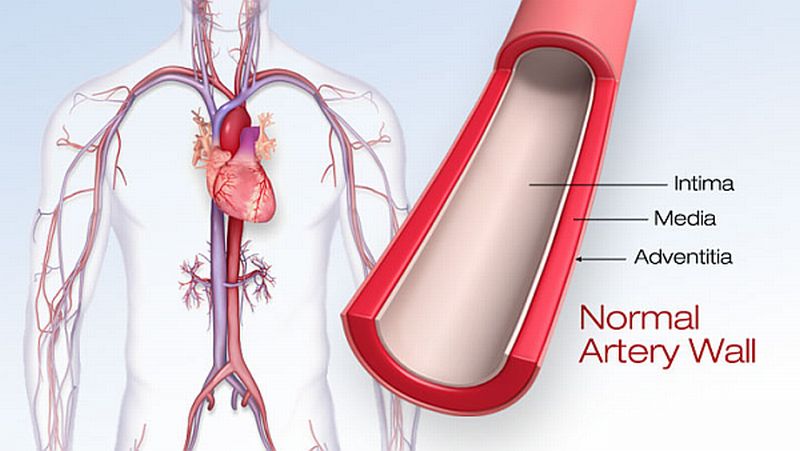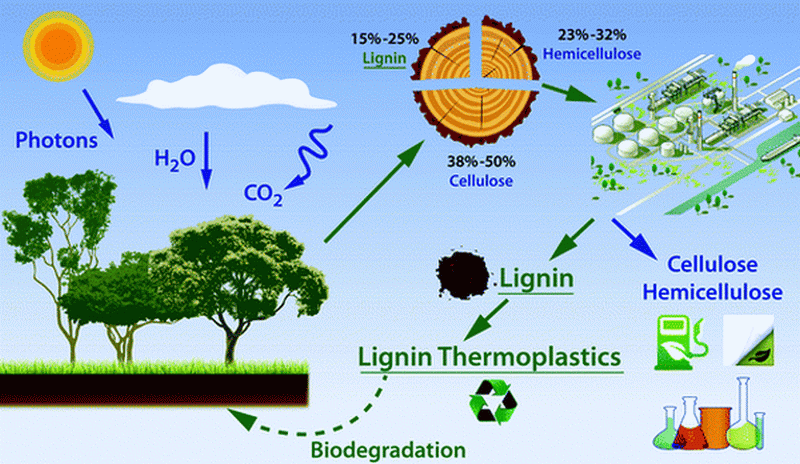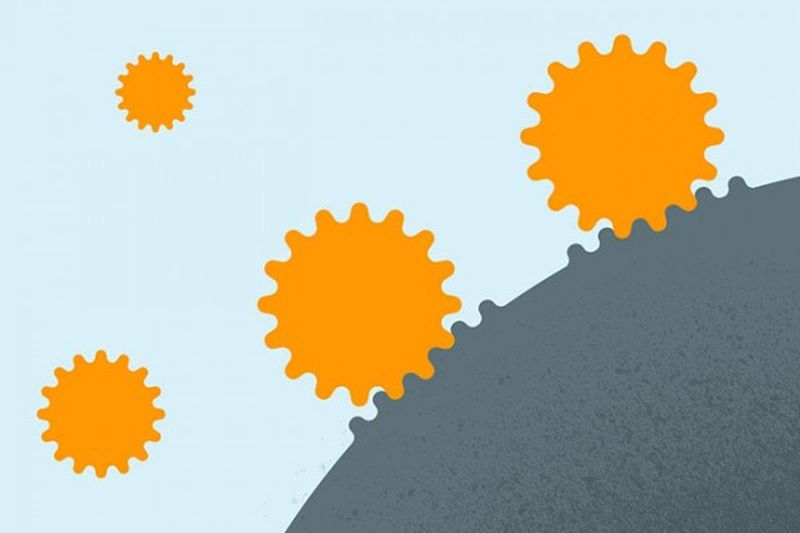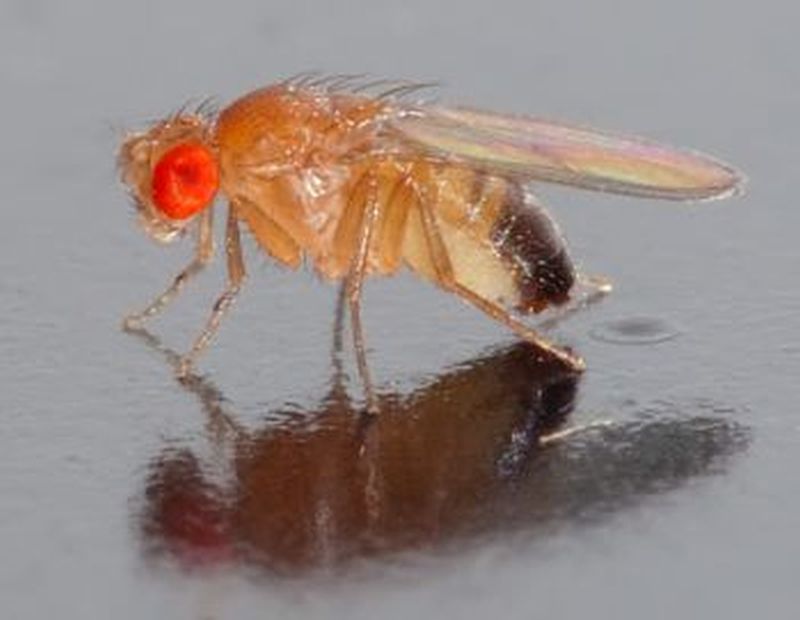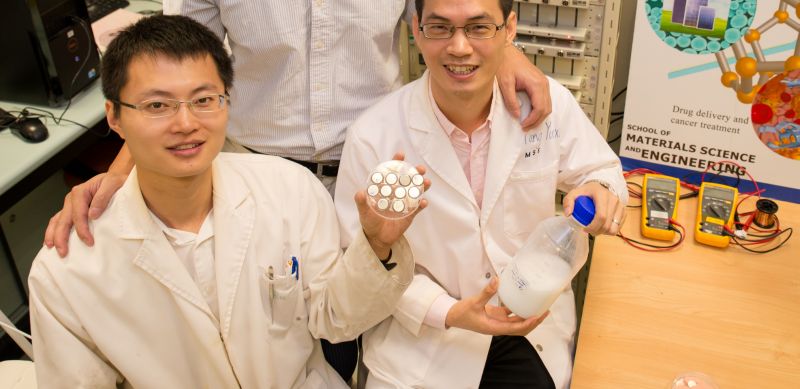It’s not just the design but the falling mechanics too are being studied for implementation by researchers in biomimicry. In an attempt to develop natural reflexes in robots, scientists at the US are studying the techniques through which cats and athletes twist their body mid-air without being injured at the landing. By recreating the similar reflexes in droids, researchers aim to cut down the probability of robots crashing especially during hazardous missions like search-and-rescue operations.
Read MoreTag: research
Images from Rosetta’s lander Philae: Welcome to a Comet
Philae, the European Space Agency (ESA) lander made the historic touchdown on comet 67P/ Churyumov-Gerasimenko although it lacked to latch on properly yet the position is said to be stable relatively. The agency has been able to get hold of its first image.
Read MoreBrain-Inspired Neuromorphic Chip: Machine starts Thinking
Human brain mechanics has always been one of the most fascinating subjects for neuroscientists all across the globe. Many simulators and robots have been designed by mimicking neurons and synapses, yet the efficiency of brain has not yet thoroughly touched upon so far.
Read MoreBiomimicry: Cyborg Cockroach would be the New Rescuers
Cockroaches are one organism that is disliked by a majority of people but these creepy looking creatures is soon going to help in tracing humans trapped in disaster sites. Similar to penny sized micro robots, these tiny roaches can make its way through the extremely small spaces where others like dogs, camera or robots might not reach thus making rescue operation slow and risking lives of people.
Read MoreHeart Disease starts from Stomach: Red Meat hardens the Arteries
Though red meat is one of the richest source of a powerful antioxidant called, lipoic acid, apart from harboring other essentials like iron, creatine, minerals and vitamins, findings from various studies suggest that red meat consumption is linked to significant health risks such as an increased chance of developing cardiovascular disease and even bowel cancer.
Read MoreRecycling Wood, Crop Waste into Valuable Chemicals: Renewable Biomass Material
Everyone realizes the importance of recycling potential wastes into useful products. This recycling process helps in reducing the requirement for raw materials, minimizing energy usage, curb water and air pollution, thus reducing greenhouse gas emission. Experts around the world are trying ceaselessly to look for new and innovative techniques to recycle wastes. In one such attempt, researchers have found an innovative method to recycle lignin, which is a biomass waste, into certain chemicals that can be put to use in other applications. Recycling Lignin Lignin is the complex material responsible…
Read MoreMagnetic Nanoparticle Pill will detect Cancer: Searching Bloodstream with Google
Giant web search engine, Google is expanding its business in different technological areas, investing in research program to develop driver-less cars, goggle glasses, contact lenses, delivery drones, robots, providing internet facilities via balloons to name a few. Now Google is expanding into the field of advance medicine. With an aim of developing nanoparticles that would be delivered in the form of a pill in aiding cancer detection and other ailments, the big G unveiled its latest project called the “Nanoparticle Platform.
Read MoreECOSTRESS: The New Thermometer for detecting Earth’s Temperature
NASA’s Jet Propulsion Laboratory is developing a space-based instrument for detecting transpiration within plants so that the flora can effectively use water. ECOsystem Spaceborne Thermal Radiometer Experiment (ECOSTRESS) is the name of the device that will be docked on the space station for monitoring the water loss through nano-pores occurring within leaves.
Read MoreHigh Milk Consumption leads to Greater Risk of Fractures: Fat triggers Inflammation
Importance of milk and other dairy products are long known to everyone. They are one of the richest sources of Calcium and contain Vitamin D which together plays an imperative role in strengthening human bones and teeth, thus, reducing the risk of osteoporosis and bone fractures. Milk also contains many other essential nutrients. However, a recent study challenges the health benefits of milk intake and on the contrary, links high milk consumption with higher risk of fractures and early mortality.
Read MoreIndividual Genes responsible for Violent Crimes: Nature versus Nurture
The debate on what makes a person more violent than another is still on. The question is whether criminals are born with such fierce nature or any incident or experience shape up such violent trait in criminals is yet to be answered. So far, scientists have proposed that certain genes (by altering brain chemistry), might be an influential factor behind such violent behavior. But DNA clues to back this suggestion is not present.
Read MoreLEDs Attract more Flying Invertebrates: Light Pollution
Invention of blue light-emitting diodes (LEDs) by three scientists won them the Nobel Prize for physics. This innovative LED technology comes with many advantages such as they are energy efficient, bright enough to be used for regular lighting and last longer. But the increasing use of LEDs has certain drawbacks too, as found in a new study led by a pair of experts from Scion, a New Zealand research Institute. According to them LEDs serve light pollution and can cause ecological problems because flying invertebrates are more drawn to LED…
Read MoreFruit Fly can sniff out Drugs and Bombs: Electronic Noses Technology
When it comes to detecting bomb or drugs, generally dog is the first animal that comes in our mind. But would you believe when I say that very soon fruit-fly might be taking over the job of detecting bombs and illicit drugs? Surprised! According to a research conducted by the University of Sussex, fruit fly’s sense of odor can be employed in an innovative technology to expose bombs and drugs.
Read MoreNew Generation of Fast-Charging Batteries: Innovative Battery Technology
Nanyang Technological University (NTU Singapore) researchers have fabricated an innovative battery that can charge nearly 70% of its capacity in just 2 minutes. This does not affect its longevity; on the contrary, the scientists are claiming its survival age to over 20 years.
Read MoreCoordination and Collaboration discovered in Hunting Crocodilians: A Club of Hunters
We have already read Vladimir Dinets’ research work about certain species of crocodiles and alligators that very intelligently made use of twigs to lure its prey, to climbing tree’s crown to keep an eye on its potential prey or an approaching enemy. Apart from these, advanced parental care, complex communication are other behavior noticed in reptiles.
Read MoreLighting Sheets to replace Bulbs: OLED, the Next Generation Lights
How about customizing light source in our rooms, something that resembles the photo frames. Sounds interesting, ain’t it? Researchers have already been working in the field of light and they have come up with an approach that targets the efficiency in half amount of energy being consumed by regular bulbs by developing ‘glowing sheets’. Technology used in these light sheets would resemble the mega thin TVs and smartphones as the sheets are expected to include organic LEDs or OLEDs.
Read More


